Among the various smart devices increasingly used at home by users there are also sockets, which allow you to turn on and off non-smart devices, and even control them with the Google or Alexa assistant. This time we try the Koogeek one, really functional and well built.
The Koogeek smart socket is more expensive than other Chinese ones already on the market, but probably the brand is more known and widespread and, in perspective, ensures greater longevity.
Apparently it is a common Schuko socket, completely white, well assembled, light in weight, but sturdy to the touch. Unlike others available on the market, the body of the socket is thinner than others and, overall, it looks more minimal, with measurements of 79.52 x 65 x 72.30 mm, weighing just over 100 grams.
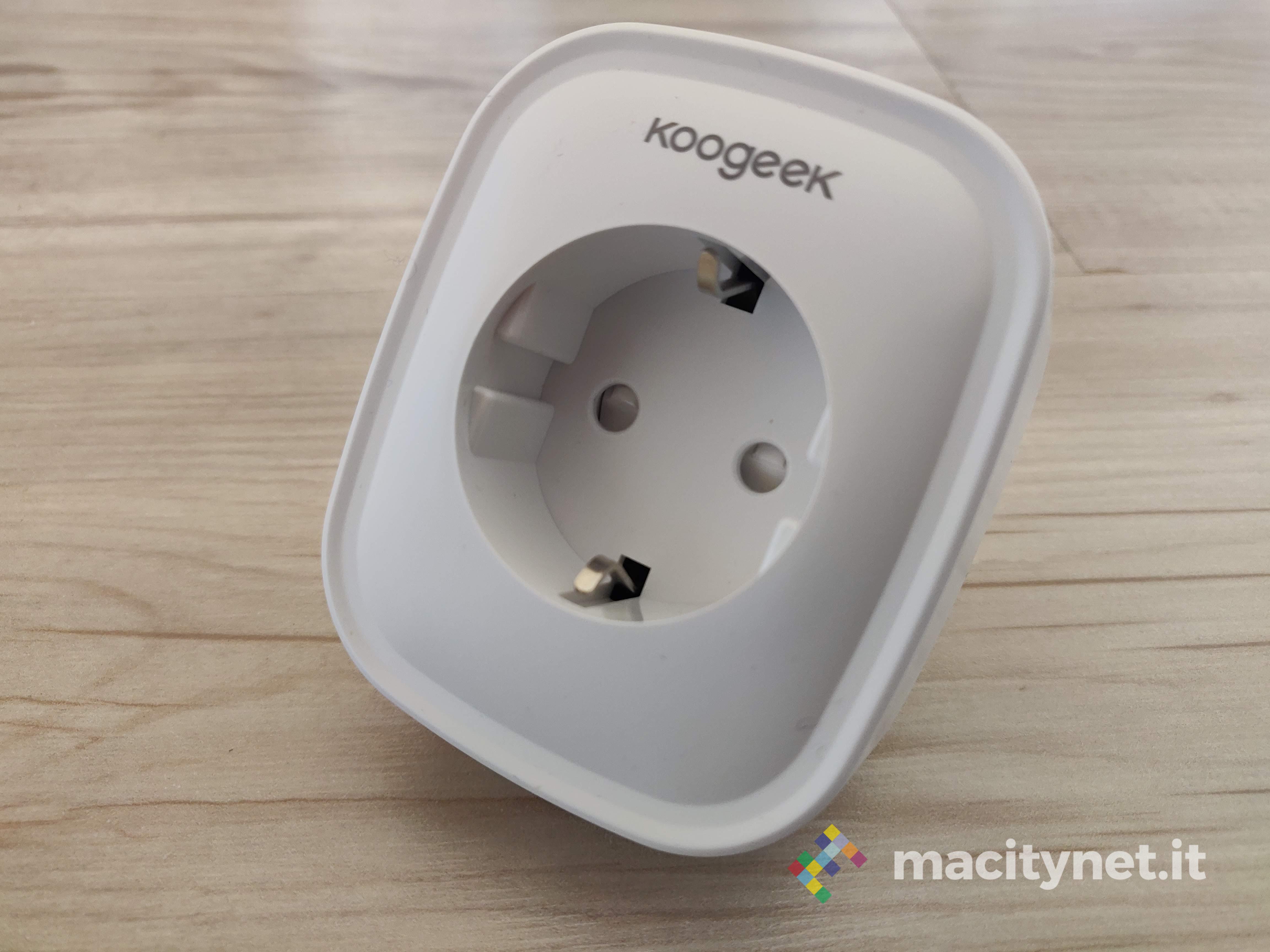
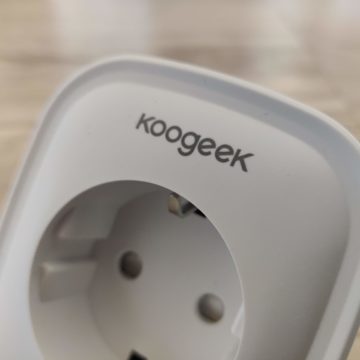
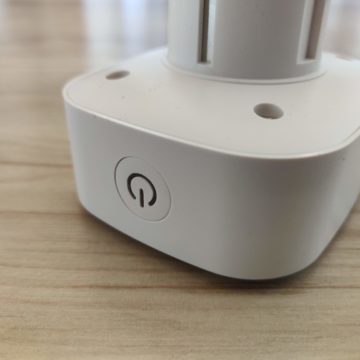
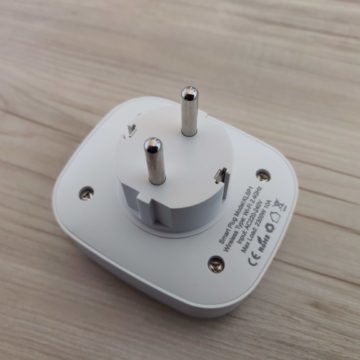
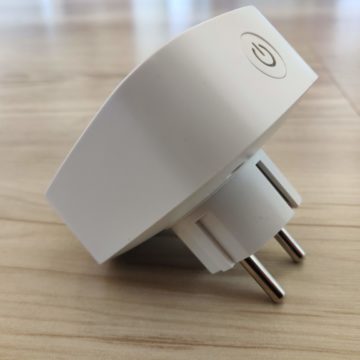
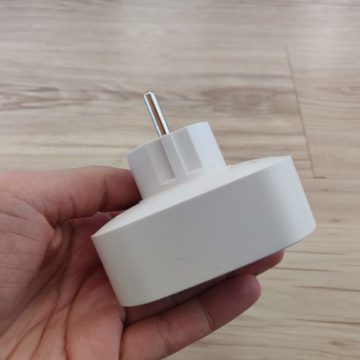
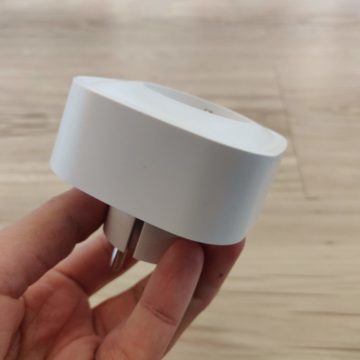
At the technical level, the board reports a voltage of 220 – 250 V AC 50 Hz / 60 Hz, a maximum current load of 10A, works on wireless frequencies 2.412 – 2.484 GHz, and supports the IEEE wireless standard IEEE802.11b / g / n.
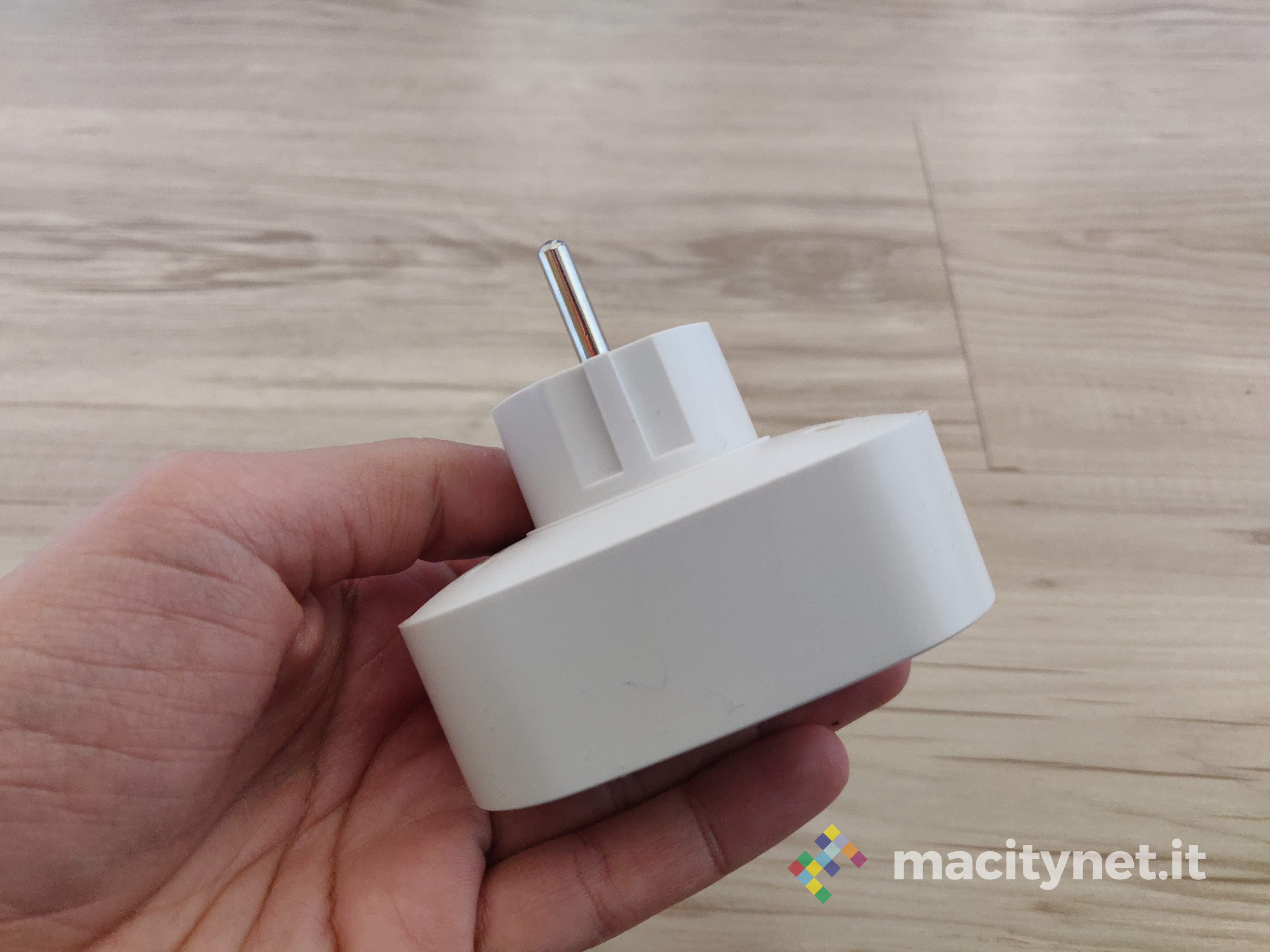 The Koogeek socket works only with 2.4 Ghz connections, and for its configuration it is sufficient to download the app from the Google Play Store or App Store and follow the instructions on the screen. The reference app should be Koogeek Life, available for free on the respective stores. During our tests, however, we encountered configuration problems with the Koogeek app, and instead decided to use “Smart Life”, which we had previously used for other smart sockets.
The Koogeek socket works only with 2.4 Ghz connections, and for its configuration it is sufficient to download the app from the Google Play Store or App Store and follow the instructions on the screen. The reference app should be Koogeek Life, available for free on the respective stores. During our tests, however, we encountered configuration problems with the Koogeek app, and instead decided to use “Smart Life”, which we had previously used for other smart sockets.
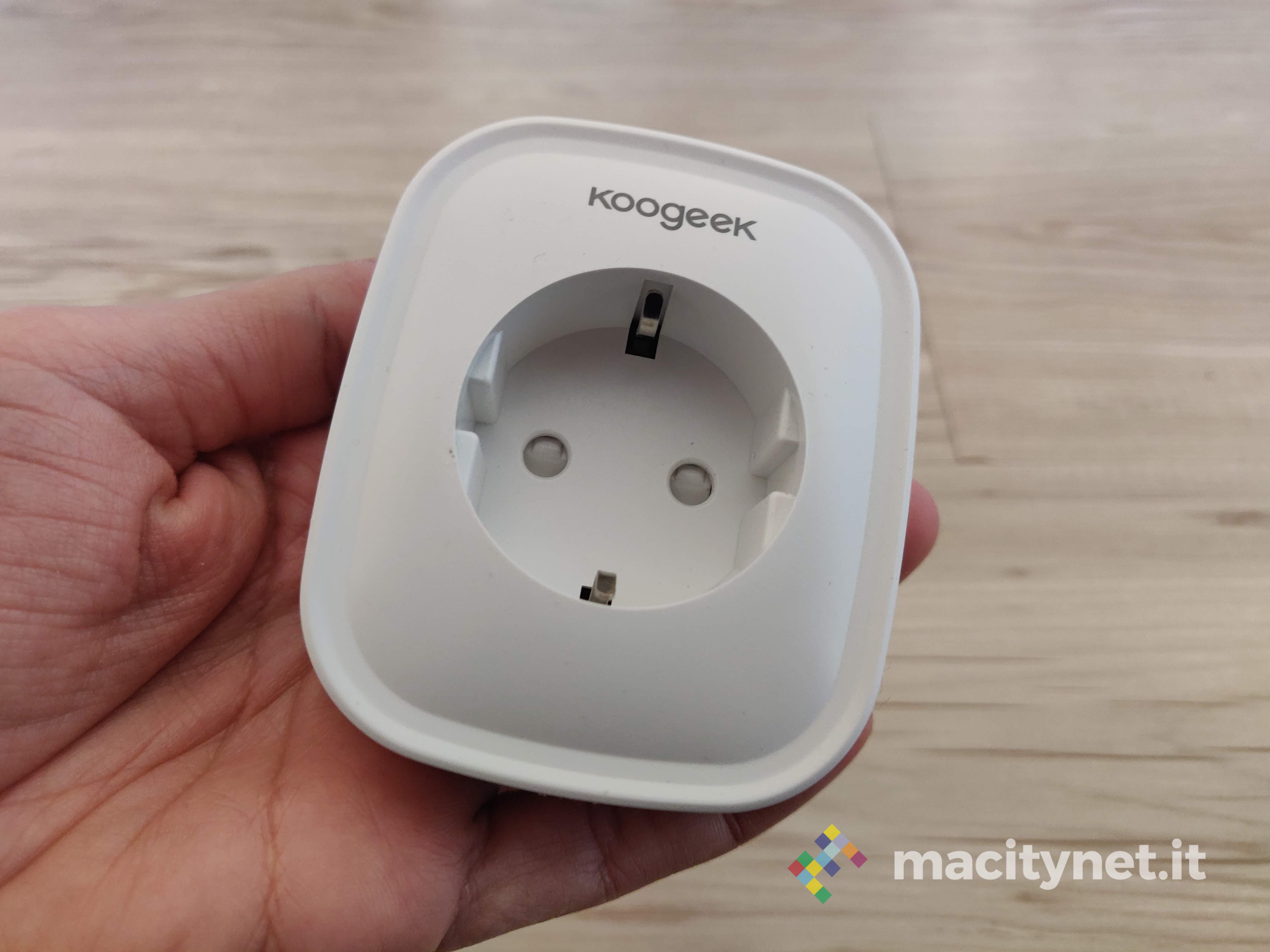
This second application, which internally offers the exact same configuration screens present on Koogeek Life, worked immediately. After following the simple steps on the screen, the socket was ready for use.
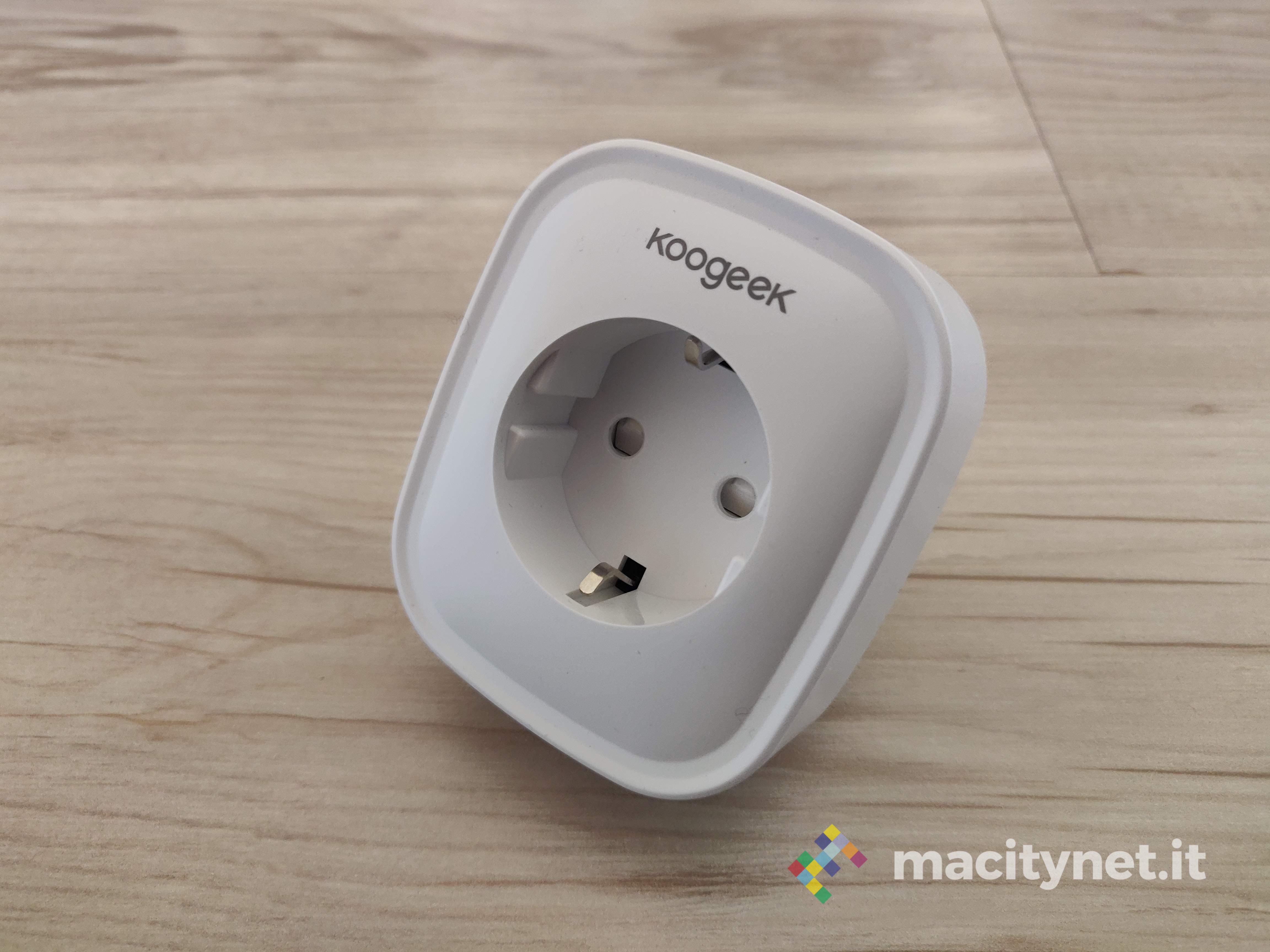
The main screen, in addition to providing practical and useful information on the weather, shows a list of all the smart sockets installed in the house, therefore not only Koogeek. We had previously configured others, and being all compatible with the Smart Life app, they are all visible and manageable from this single app. By clicking on each of the listed sockets it will be possible to immediately control its ignition in different ways: a simple tap will allow you to turn the socket on or off, but there is no lack of more advanced features.
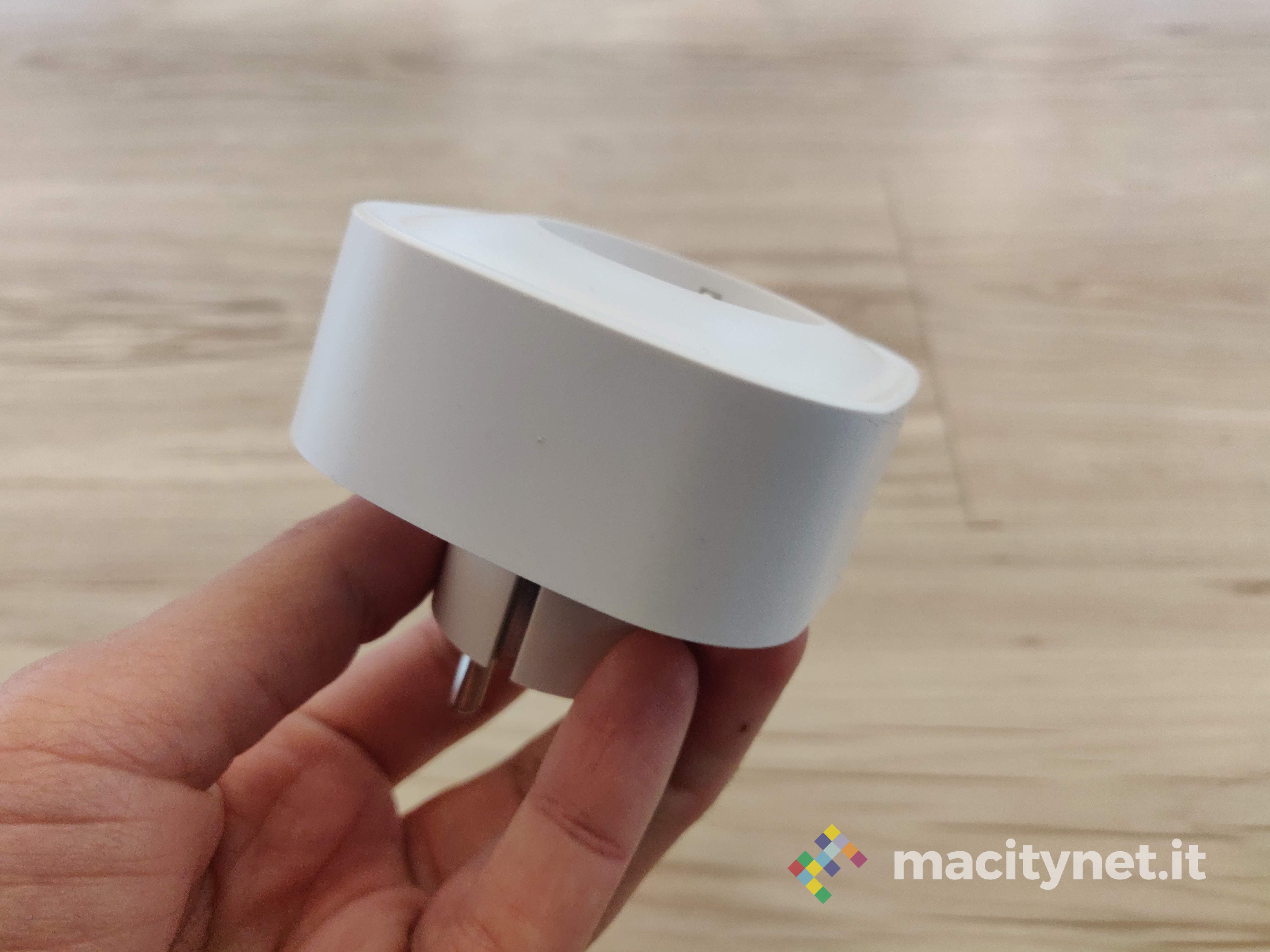
In fact, it is possible to set a timer to switch off the socket after a certain programmed period of time. It is also possible to insert daily schedules: by setting automatic switching on and off at certain times of the day. In addition, compared to other cheaper sockets there is a hub within which to check the consumption recorded by the use of the smart socket.
Operation
The Koogeek smart socket works particularly well, never having recorded a malfunction or a delay in the commands. At the click on / off the socket responds immediately and without lag.
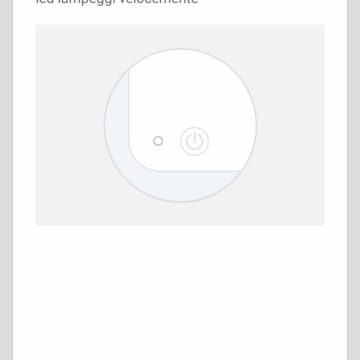
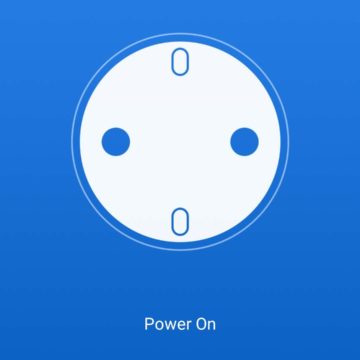
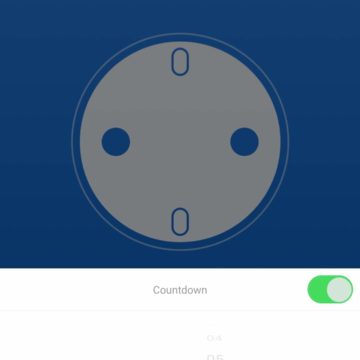
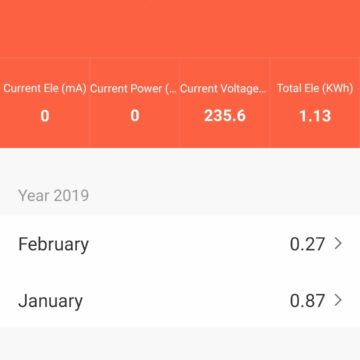
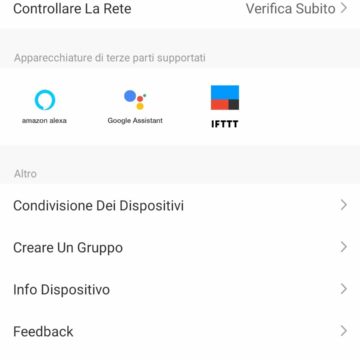
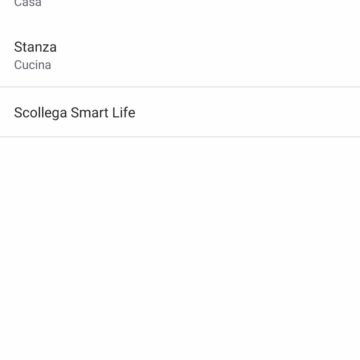
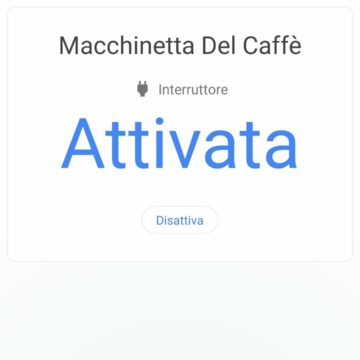
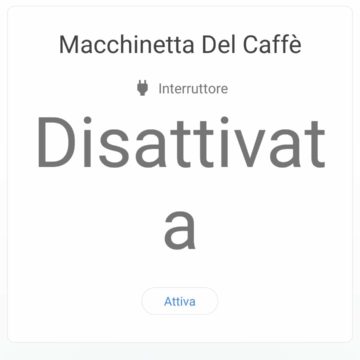
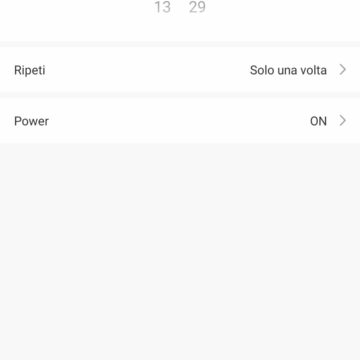
The timers are also fully functional, to turn the socket on and off at predetermined times of the day, just as the countdown is perfectly functional. In short, the Koogek socket did not detect any weakness during use.
Google Assistant and Alexa
In addition to operation via the app, the Koogeek socket can also be controlled via voice assistants. In this case, simply connect the Smart Life account with which you made the first access through the app for the first configuration, and Google (or Alexa) will automatically recognize all the sockets previously configured in the house. From this moment on, it will be sufficient to launch the command “ok, google, switch on / off socket …” to obtain the desired effect. Also in this case the operation did not lend its side to weak points.
IFTTT
The Koogeek socket is also compatible with the IFTTT platform. It will be sufficient to install the IFTTT app to be able to automate the control of the socket. For example, among the countless actions available, the one that allows you to turn the socket on or off when we enter or leave the property.
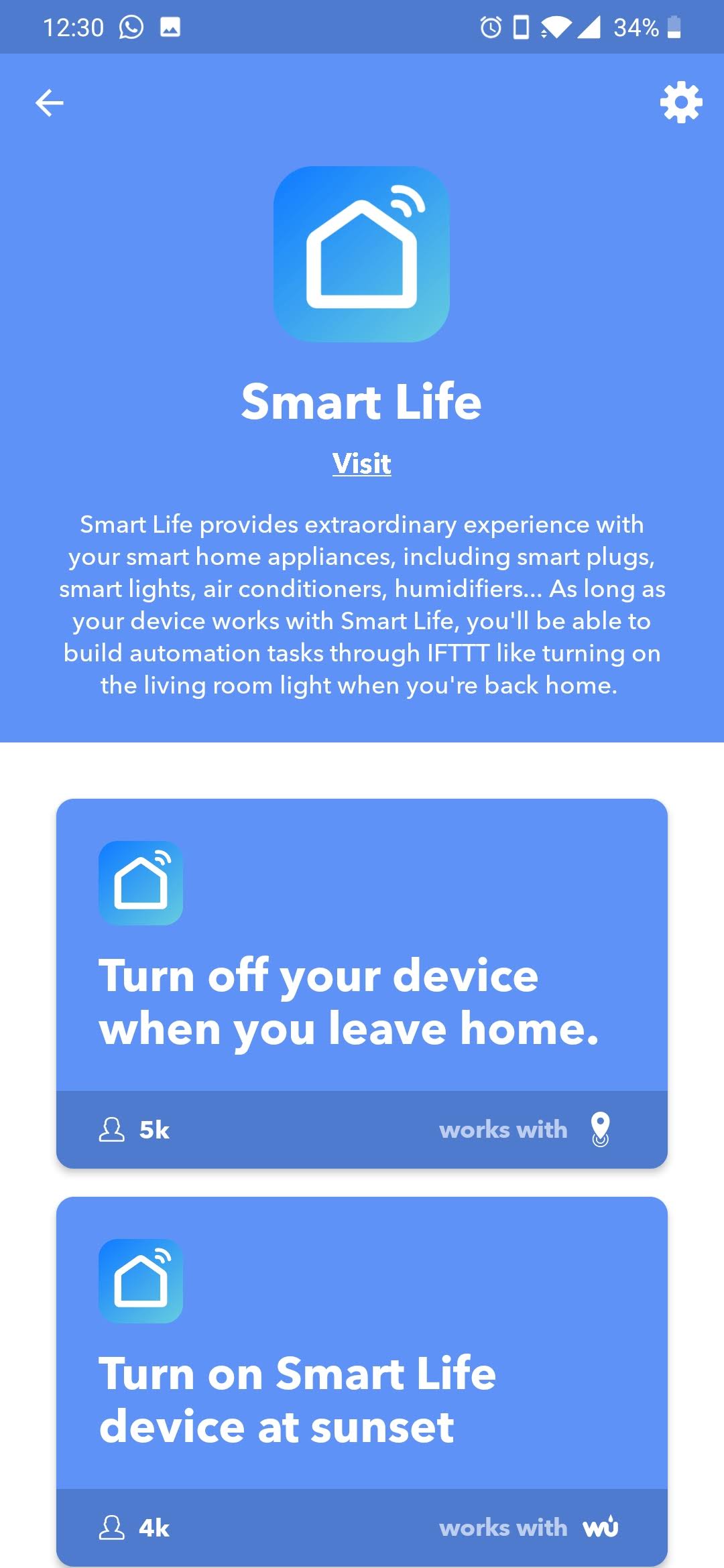
Possible uses
It goes without saying that the uses at home are innumerable. Not only is it possible, for example, to choose to turn a lamp on and off at certain times, thus always simulating a constant presence inside the house, but also to power the coffee machine or other appliances in the kitchen, being able to turn them on with a simple voice command.
Conclusions
The Koogeek smart socket works well, there is nothing to object. It is a bit more expensive than other lesser-known Chinese brands, but the brand is still well-known within the landscape and, probably, this makes the device more secure for long-term support. As has already happened with other smart sockets, the advice is to buy a bundle of four sockets, both to save money, but also to create a more consistent and, therefore, functional smart network at home.
Pro
Against
Retail price The single socket costs 19.99 euros, while the 4-socket bundle costs 56.99 euros, with obvious savings. The version compatible with Alexa, Google Assistant and Homekit that we tested on this page costs 37.99 Euros.








